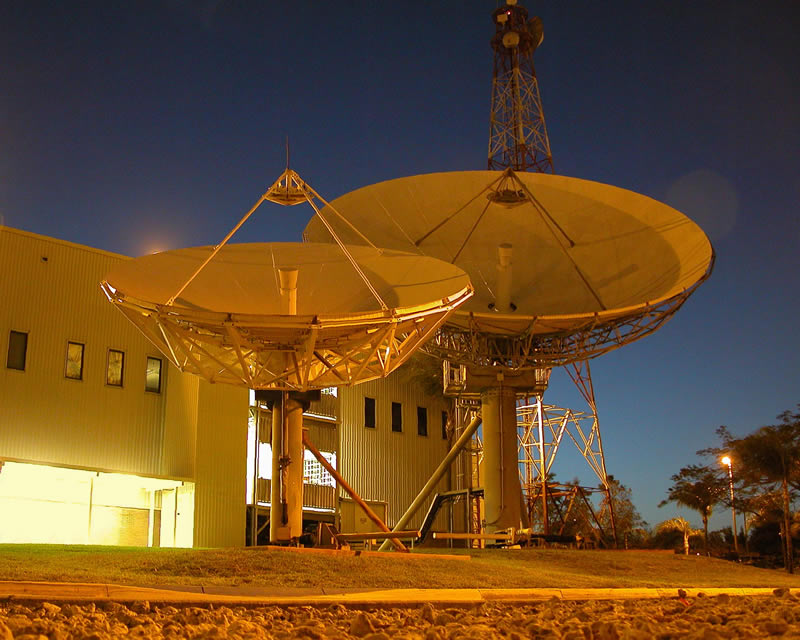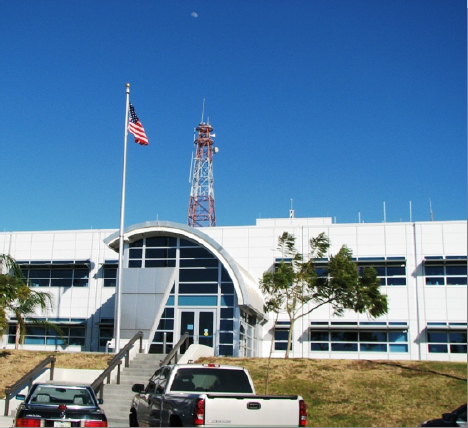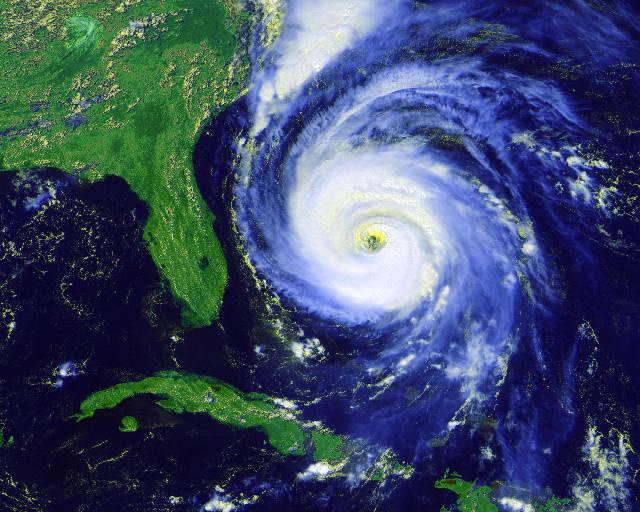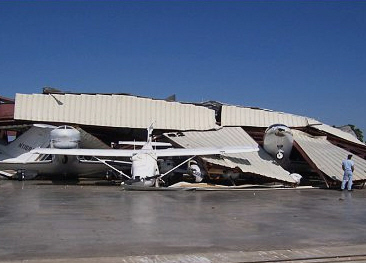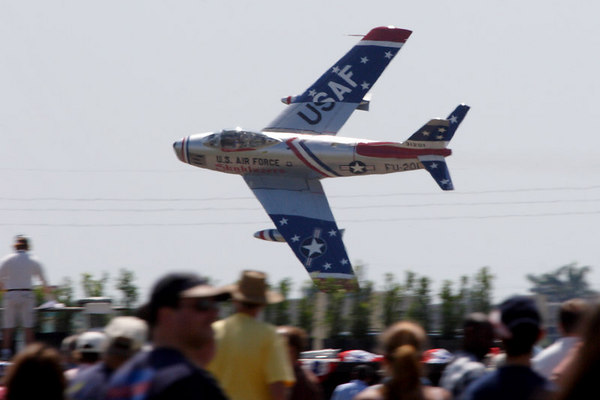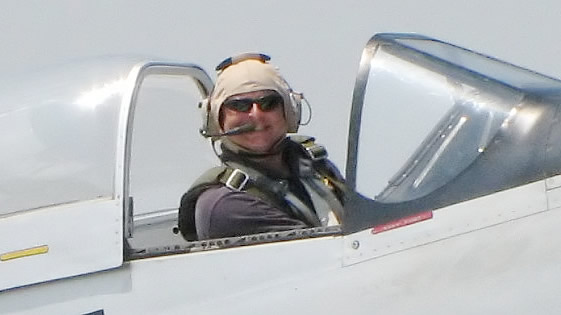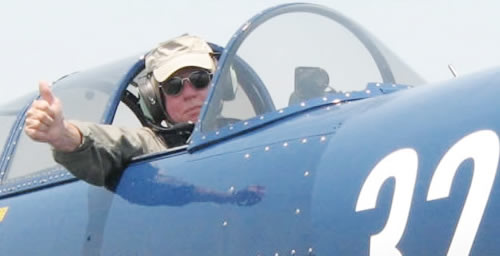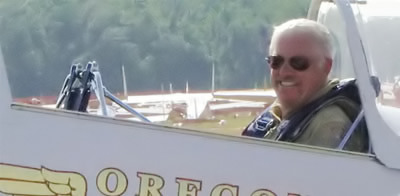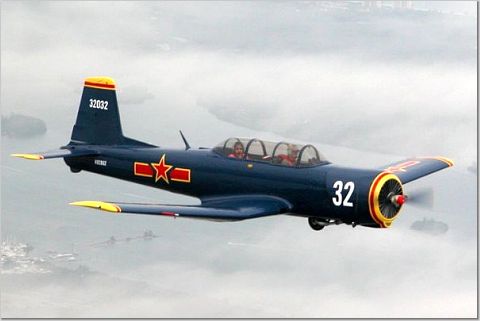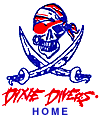
Destination: Aviation
Break through the Screen!
| NAVIGATION |
| Getting Hired as an Air Traffic Controller |
| Miami ARTCC (PDF) |
| Pompano Tower |
| Goodyear Blimp |
| Airshow Stories |
| Contact |
| Links & FAA Material |
Do You Want To… ?
- Check airport status & delays
- Check National Airspace System status
- View the Air Traffic Controller Workforce Plan
* FAA.travel is in no way affiliated with or endorsed by the Federal Aviation Administration.
MIAMI AIR ROUTE AIR TRAFFIC CONTROL CENTER |
||
|---|---|---|
|
||
The Miami Air Route Traffic Control Center has a history that spans less than 65 years. Commissioned in 1944, Miami Center, then located in part of the 11th floor of the Roosevelt Hotel in downtown Miami, employed only 15 people. This small staff recorded 50,000 operations in its first year of service. In 1946, the Miami Center moved into a surplus U.S. Air Force building on the grounds of the Miami Airport. The current building, erected in 1957 and located a mile from the airport, now employs an Air Traffic staff of 356. The average daily traffic count in 2008 was 6,580, however our record-setting, highest traffic count ever for a single day was on January 2, 2005; we controlled 11,095 flights that day. |
|
|
|
|
|
|
||
|
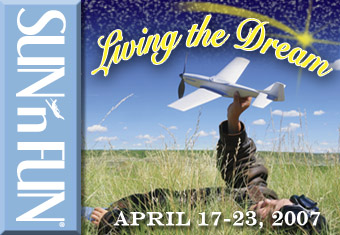 |
|
Another challenge is the increased concentration of traffic between November and April. Special events such as NASCAR, NFL playoffs, NCAA events, international boat shows, PGA events, NBAA conventions, Presidential movement, Lakeland Sun ‘N Fun, Stuart Air Show, and the Fort Lauderdale Air and Sea Show occur during these months, along with the regular influx of snowbirds and vacationers from the northern states.
|
|
|
|
||
|
||
NEW DESTINATIONS |
|
|
|
All Rights Reserved
